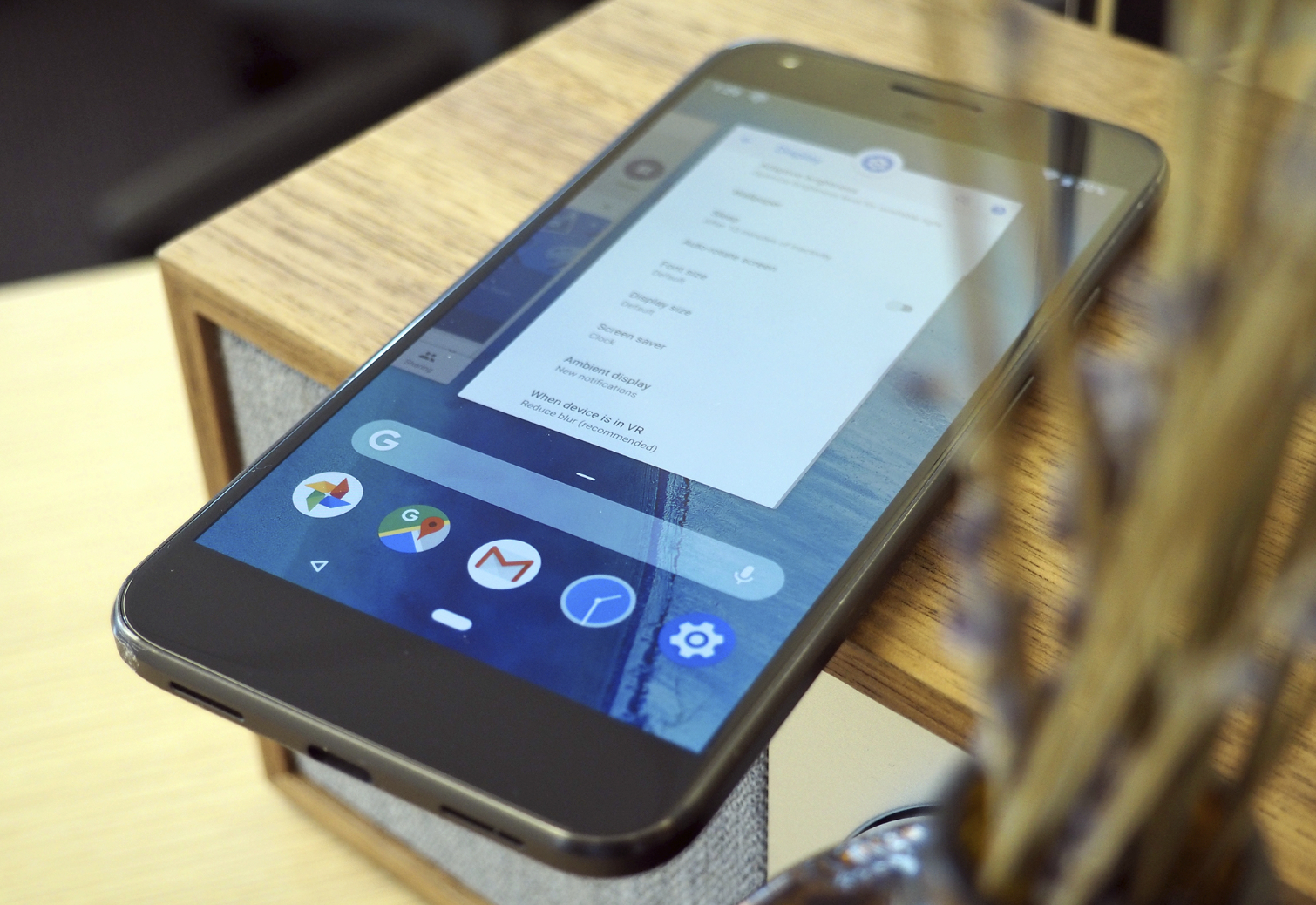If You Want to Get the Android P Beta, Now’s the Time
Google has pushed out a “near-final” third beta release of Android P, meaning users can get an even better preview of the public build before its release later this summer.
We’re in the midst of beta season. It’s that fateful time of year when Google and Apple preview upcoming versions of their operating systems, and we’re all faced with the choice of tempting fate and installing them on our phones, or impatiently waiting for the final release.

Thankfully for Android users, Google’s schedule is a bit farther along than Apple’s. This week, Dave Burke, Google’s VP of Engineering for Android, announced that the company is pushing the third beta of Android P out to Pixel devices right now.
What’s more, Burke calls this beta “close to what [users] will see in the final version” of the software, citing “near-final” Android APIs. In less jargony terms, that means developers can expect few, if any changes to the system services their apps rely on to run — which in turn means that what we see now is probably what we’ll get come August, when the public release is expected to drop.
So if you have been toying with the idea of checking out Android P on your Pixel (or one of the other Android phones that support the beta), now seems like the best time to do it.
We’ve had Android P’s first and second betas running on our in-house Pixel 2 XL, Pixel XL and Essential Phone since the publicly available beta came out back in May, and the experience has been surprisingly stable and bug-free compared to most betas. While we haven’t had enough time to fully evaluate Beta 3 yet, the prospect of an even more final, release-ready iteration of Android P gives us confidence that the OS is probably safe to run at this point.
MORE: 14 Biggest New Features Coming to Android P
Android P’s primary new features include a digital wellbeing suite for monitoring screen time and promoting healthy usage habits (like Apple has done with iOS 12), App Slices and Actions that use machine learning to suggest functions pertaining to specific apps, new gestural navigation controls and adaptive battery intelligence that limits energy consumption for certain apps, based on when and how often you use them.
Get instant access to breaking news, the hottest reviews, great deals and helpful tips.
Of course, there’s inherent risk in installing beta software, no matter how far along it may be. Neither Google nor we can explicitly tell you to go ahead and download it, because even a near-final version of Android P isn’t cleared for everyday use. And while installing a beta doesn’t violate your warranty in most cases, it can open you up to a whole host of issues, including a non-functional device, third-party apps not working as intended and loss of data. These are risks you assume responsibility for by enrolling in the beta, regardless of the havoc it could wreak.
Disclaimer aside, this beta of Android P doesn’t appear to add any user-facing features. Aside from barely-noticeable UI alterations to icons and the like, most of what’s changed appears to be under the hood. That’s appropriate for a mature beta as it nears final status, where bug squashing is the primary concern.
What devices can run this Android P beta version?
You may remember from Google’s developer conference in May that the Android P beta runs on a number of phones, not just ones built by Google. Previous Android betas were restricted to Nexus and Pixel phones, but for P, Google extended support to several third-party devices including the OnePlus 6, Essential Phone or Sony Xperia XZ2. There are also a handful of phones not sold in the U.S. that are beta-approved, including the Xiaomi Mi Mix 2S, Nokia 7 Plus and Oppo R15 Pro.
Right now, Beta 3 is only available on Pixel and Pixel 2 devices. Pixel owners who haven’t enrolled in the beta and would like to get started can do so from this website. If you own one of the aforementioned non-Pixel beta devices, Beta 3 will arrive in the coming days and weeks. To enroll in the program using one of those phones, follow this link.
Adam Ismail is a staff writer at Jalopnik and previously worked on Tom's Guide covering smartphones, car tech and gaming. His love for all things mobile began with the original Motorola Droid; since then he’s owned a variety of Android and iOS-powered handsets, refusing to stay loyal to one platform. His work has also appeared on Digital Trends and GTPlanet. When he’s not fiddling with the latest devices, he’s at an indie pop show, recording a podcast or playing Sega Dreamcast.
